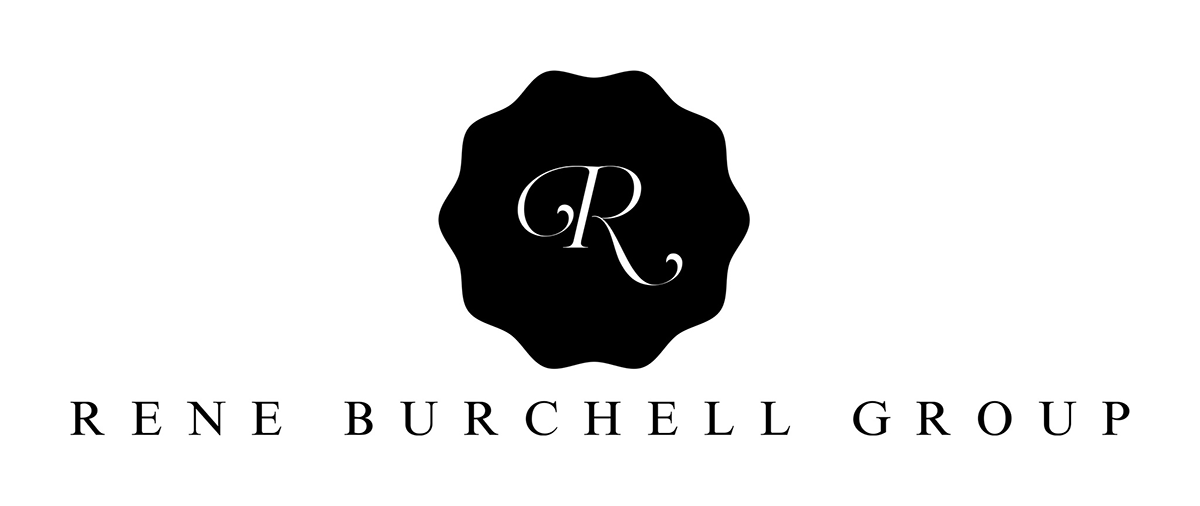You cannot trust that what you see is what you’ll get in the house you buy. The features that may have helped you fall in love with the home may not be there when you’re ready to move in. There are some misunderstandings about fixtures, fittings, personal belongings, and what should or should not stay in the house after the seller moves.
One light-hearted way to look at what comes with the house you buy is that if it isn’t nailed down, the seller can take it.
Fixtures and Fittings
 A fixture is fixed to the property. It means the item is permanently attached to the structure and cannot be easily removed. Examples of fixtures would be things like air conditioning units, furnaces, water heaters, built-in shelves or benches, and elements that are native to the home.
A fixture is fixed to the property. It means the item is permanently attached to the structure and cannot be easily removed. Examples of fixtures would be things like air conditioning units, furnaces, water heaters, built-in shelves or benches, and elements that are native to the home.
Fittings, on the other hand, are items that can be easily moved without having to detach anything other than, perhaps, a few screws. On the obvious side, fittings include sofas, beds, dressers lawn ornaments, patio furnishings, etc. However, it’s the non-obvious items that typically cause troubles.
Fittings can apply to light covers, window dressings, drawer pulls, cabinet handles, doorknobs, stoves, refrigerators, dishwashers, and other items buyers don’t often think of.
Every thing – even the flooring, if not secured to the structure, can be legally removed by the seller before you take ownership of the property. This includes hot tubs, saunas, above ground pools, shower rods, and any other personal belongings of the seller.
Details! Details! Details!
Here’s where it gets tricky. When a home is advertised as “appliances included,” that does not mean that the appliances you saw when you first toured the home are the exact same appliances that will be there when you move. If the contract says, “includes oven”, then any oven will suffice – so if you were swooning over that stainless steel gas range, don’t be surprised if you find a tacky yellow electric oven waiting for you when you move in. It’s not as manipulative as a bait and switch tactic, but it is a little bit underhanded for a seller to swap out high-end fittings for run of the mill or lower quality items.
Don’t be Shy: Ask for What You Want
You’re spending a boat-load of money on the house you buy. You have the right to be picky and choosey and to get the most that you can for the money you invest. When you are in the kitchen of a home you’re considering, ask, “Does this oven come with the house?” And be attentive to the answer. “It comes with an oven, yes,” is not the same as, “Yes, it comes with this oven.”
If you see an item in the house you adore but aren’t sure if it comes with your purchase, ask! In many cases, the sellers are happy to part with additional items, for an additional cost. Even if an item is not included in the sale of the house, you may be able to purchase it separately.
Get it in Writing
 You may find it over-the-top, but it’s not. Write down name brands, colors, model numbers, or any other identifying features about items the seller states are included.
You may find it over-the-top, but it’s not. Write down name brands, colors, model numbers, or any other identifying features about items the seller states are included.
You will be provided with an inventory list prior to closing day. Go over that list with a fine-tooth-comb to make sure the list aligns with your understanding. The inventory should not say, “oven”, but should say stainless steel (brand name) oven.
If a seller agrees to allow you to purchase additional items, detail those items in writing and check them, and their purchase price, in the inventory list.
The Seller’s Moral Compass
There are some things that should remain in the house when it’s sold, but aren’t legally required. For example, if the window dressings were custom tailored specifically to those windows, and those windows are difficult to dress, the seller should include those – but doesn’t have to. Again, ask.
Landscaping
Anything planted in the ground should remain with the property. This means trees, shrubs, flowers, or any other item that is already rooted. It’s not common for a seller to rip out the greenery before moving, but it’s not unheard of, especially if the plants were recently purchased. Have those items detailed in the inventory list as well.
Home Warranty
Unless the seller or real estate agent has specifically told you the house you’re buying comes with a home warranty, it doesn’t. A home warranty protects the buyer for up to a year after the house is purchased. You can, however, request that the owner include a home warranty. They aren’t obligated to accept that request, but it never hurts to ask.
HOA Fees & Regulations
Before you buy a house, ask if it’s a part of a homeowners’ association. Homeowners associations exist to protect the integrity of the neighborhood and to help stabilize home values in the community. While HOAs can have benefits, they also have monthly membership fees and a list of rules and regulations that you have to agree to in order to live in that association’s governance.
Conclusion
You don’t have to be the buyer who feels robbed when you take ownership of the property. It can be devastating to have features you loved, and assumed you were buying, removed from the property before you’ve arrived. And worse, yet, there’s no legal repercussions to the seller if you didn’t do your due diligence and get the details in writing.
Ask your real estate agent to help you understand what does or does not come with the home you buy. Don’t be afraid to ask the seller if an item is included, and if it’s not, don’t hesitate to ask if it can be included.
Chances are, you’ll be working with reputable agents and morally-conscious sellers who have no intentions of selling you short. However, you never can be sure how honest someone will be, and it’s better to protect your interests than to fall prey to lack of understanding.
Call Rene Burchell today at 469-877-3303 to tour available houses for sale in Frisco and surrounding areas.


